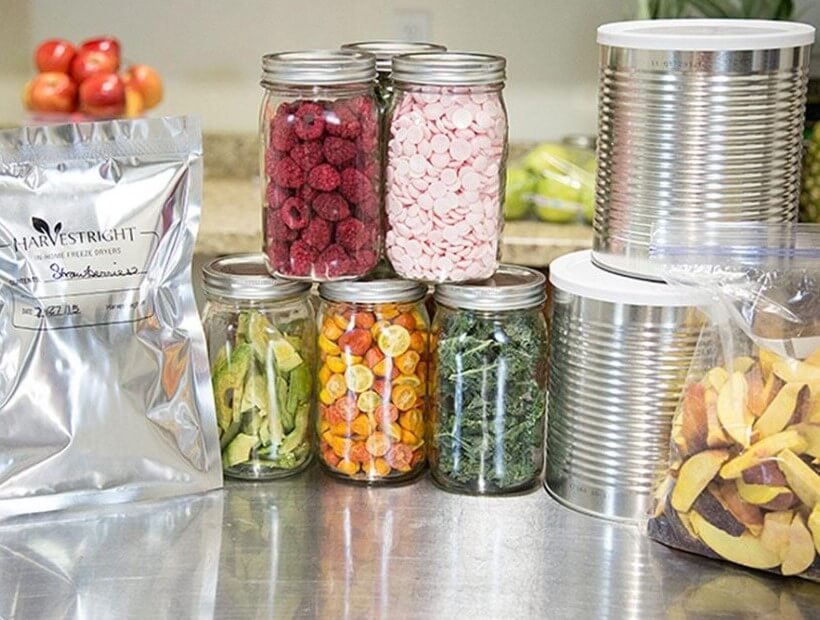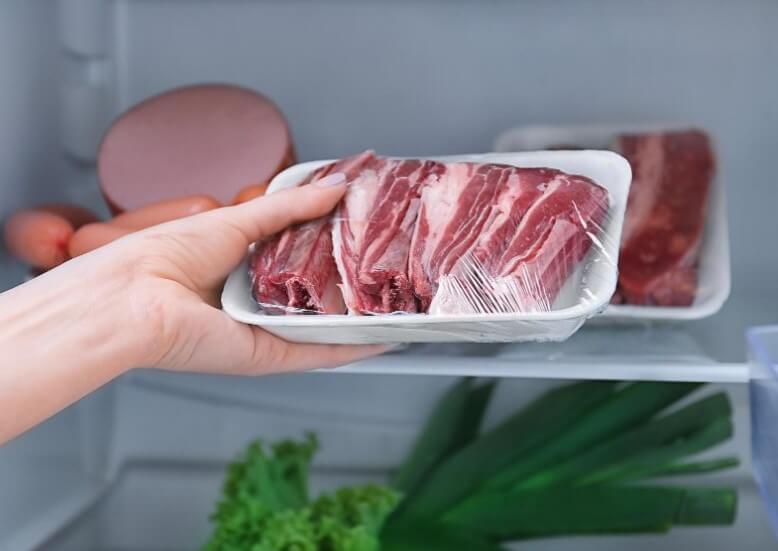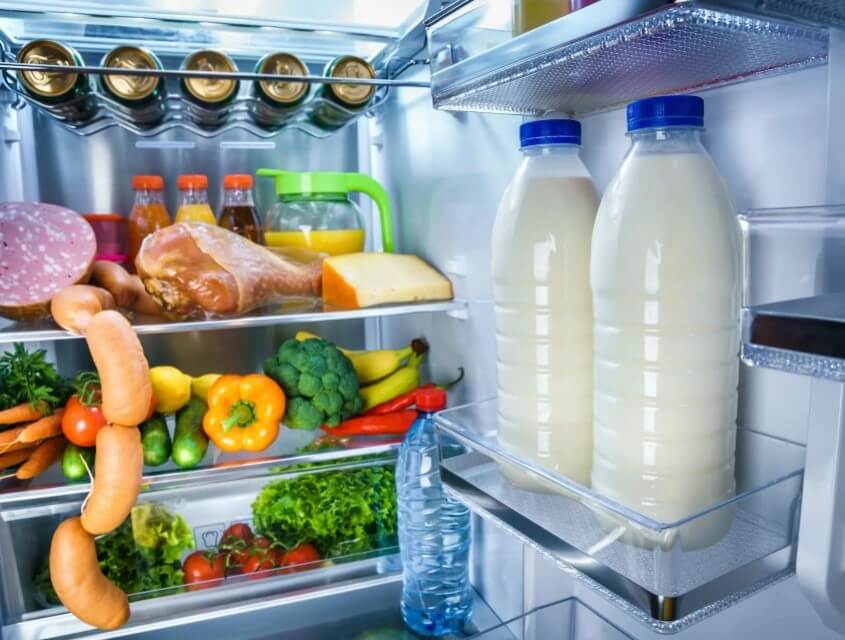Proper food storage is key to prolonging its shelf life and avoiding cross-contamination. How to do it properly? This time we share some recommendations.
Do you know how to store and preserve food safely? Although most people are aware that they must be stored in the refrigerator, many are unaware that there are other aspects that must be taken into account.
Although it is logical to determine that food is in bad condition because it has changed its smell or texture, sometimes the foods have been contaminated with microorganisms that are imperceptible. In fact, statistical data show that it is a problem that affects more than 20% of foodstuffs.

How to store and preserve food safely?
Altered food can be harmful to the consumer’s health. Therefore, the correct preservation and storage processes are important from production to consumption. Preservation is not only about preventing food products from spoiling, but about ensuring that they retain their aroma, flavor and appearance.
It is clear that there is no way to keep them optimal for an unlimited time, but you have to take the necessary precautions when storing them. How to do it correctly? We will detail it below.
1. Sanitize Fruits and vegetables: preserve food
Fruits and vegetables need to be washed with clean water before storing. In addition, they must be disinfected with kitchen-grade bleach. This process is simple, you just have to follow these steps:
- Fill a clean container with water with the amount necessary to submerge the food.
- Add 4 drops of bleach for every liter of water and stir.
- Soak the vegetables and fruits for 10 minutes.
- Dry them and store them in the lower part of the refrigerator.
In general, vegetables last up to 7 days fresh, but you have to be careful if they begin to decompose to separate them from those that are healthy. In the case of strawberries, peaches or raspberries, which are usually delicate, it is advisable to store them in another container.
2. Separate the raw meats from the rest of the edibles

Raw foods, especially meat, poultry, and fish, can contain germs. Because of this, it is convenient to keep them separate from other food products. According to the manual “5 keys to keep food safe ” the following should be considered:
- Store cooked food on the top shelf, in covered containers.
- Store raw meats (beef, pork, chicken, or fish) on the lower shelf to prevent juices from dripping onto cooked foods.
- Before cooking, wash them with water .
It is not advisable that these edibles are more than 4 days in the refrigerator.
3. Label the food
All foods stored in the refrigerator should be labeled. Although this can be tedious, it is an effective method, especially when freezing meals. Of course, to do so it is necessary to use a container with a lid, and a sticker to record the storage date.
4. Blanch or blanch fruits and vegetables before freezing.
Blanching or blanching is helpful before freezing vegetables. According to information compiled in “Training: preserving fruits and vegetables using combined technologies “, this procedure consists of cooking them in boiling water for a period ranging from 30 seconds to 2 minutes.
What is sought with this intervention is to inhibit the activity of the enzymes that cause their deterioration. In this way, their shelf life is prolonged and they can be used for later recipes.
5. Control temperatures

You should never leave food at room temperature, especially on summer days. Ideally, store them in the refrigerator at an optimal temperature. In general, refrigeration is kept between 3 and 5 degrees (you do not have to put hot food in), and freezing at 18 degrees below zero. Also, avoid opening the refrigerator door for a long time.
6. Store non-perishable food in the pantry
Those non – perishable foods, such as canned goods, rice, noodles or vegetables, can be stored in the cupboard. Once they are open, they should be kept in the refrigerator. It is not advisable to reuse the cans because they may contain toxic metals.
What should be clear when storing and preserving food?
When it comes to storing and preserving food, it is necessary to put these recommendations into practice. Adequate hygiene, coupled with good conservation, prolongs the useful life of the food and ensures that it is suitable for consumption.
Conversely, when storage is neglected, food spoilage accelerates and the risk of contamination increases. This poses a risk since in the body it is the trigger for infections and food poisoning.

